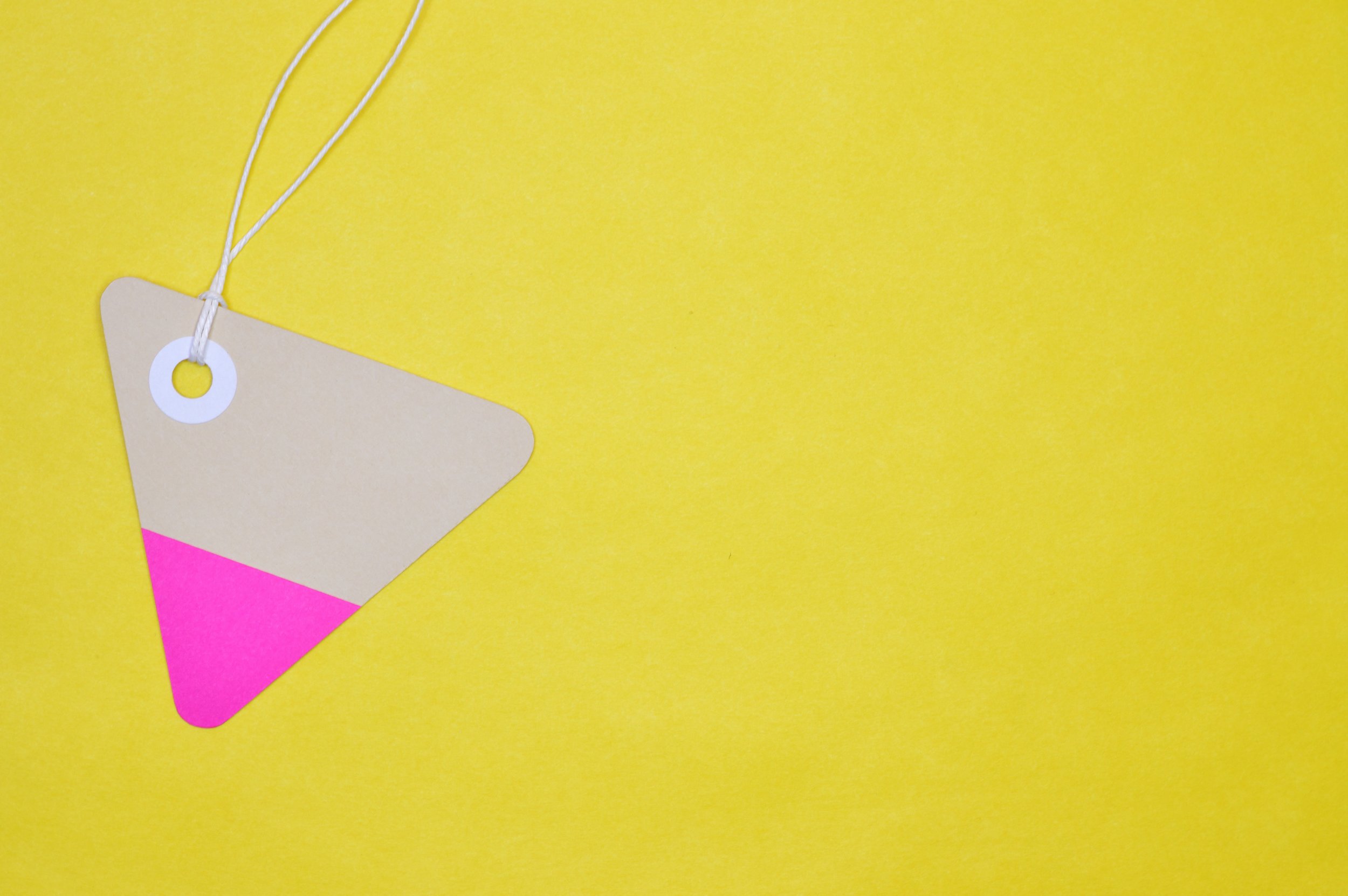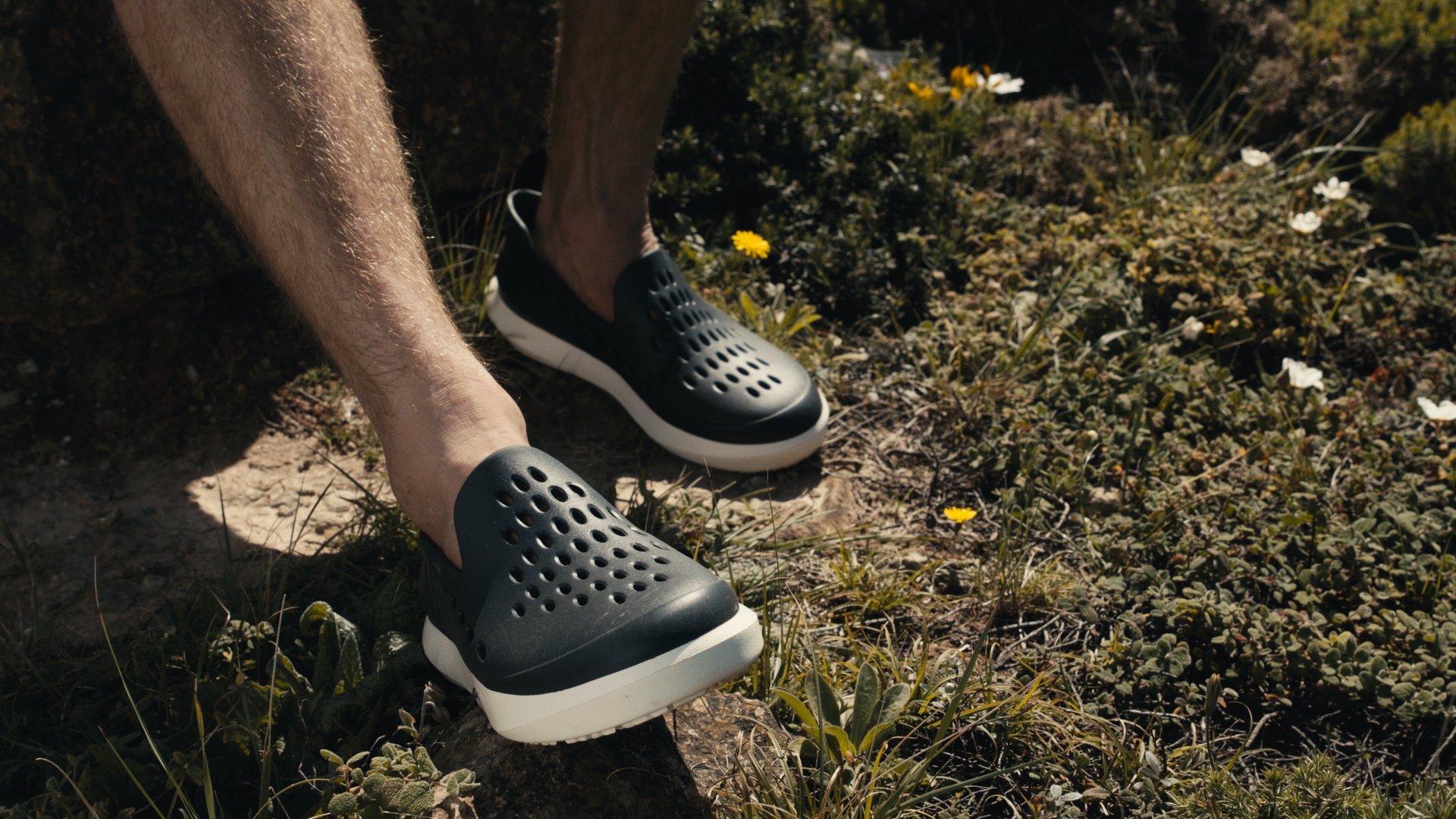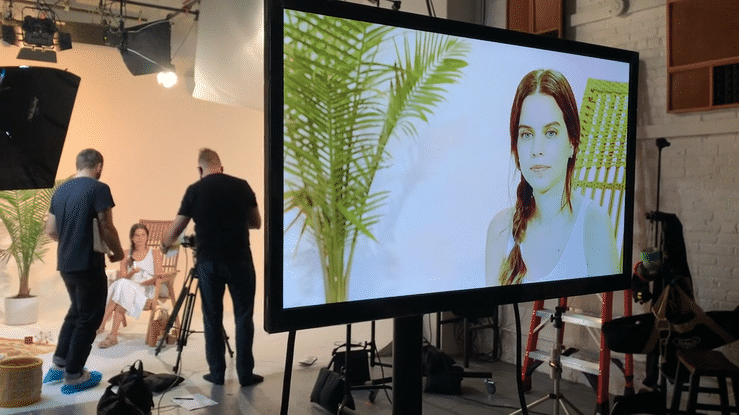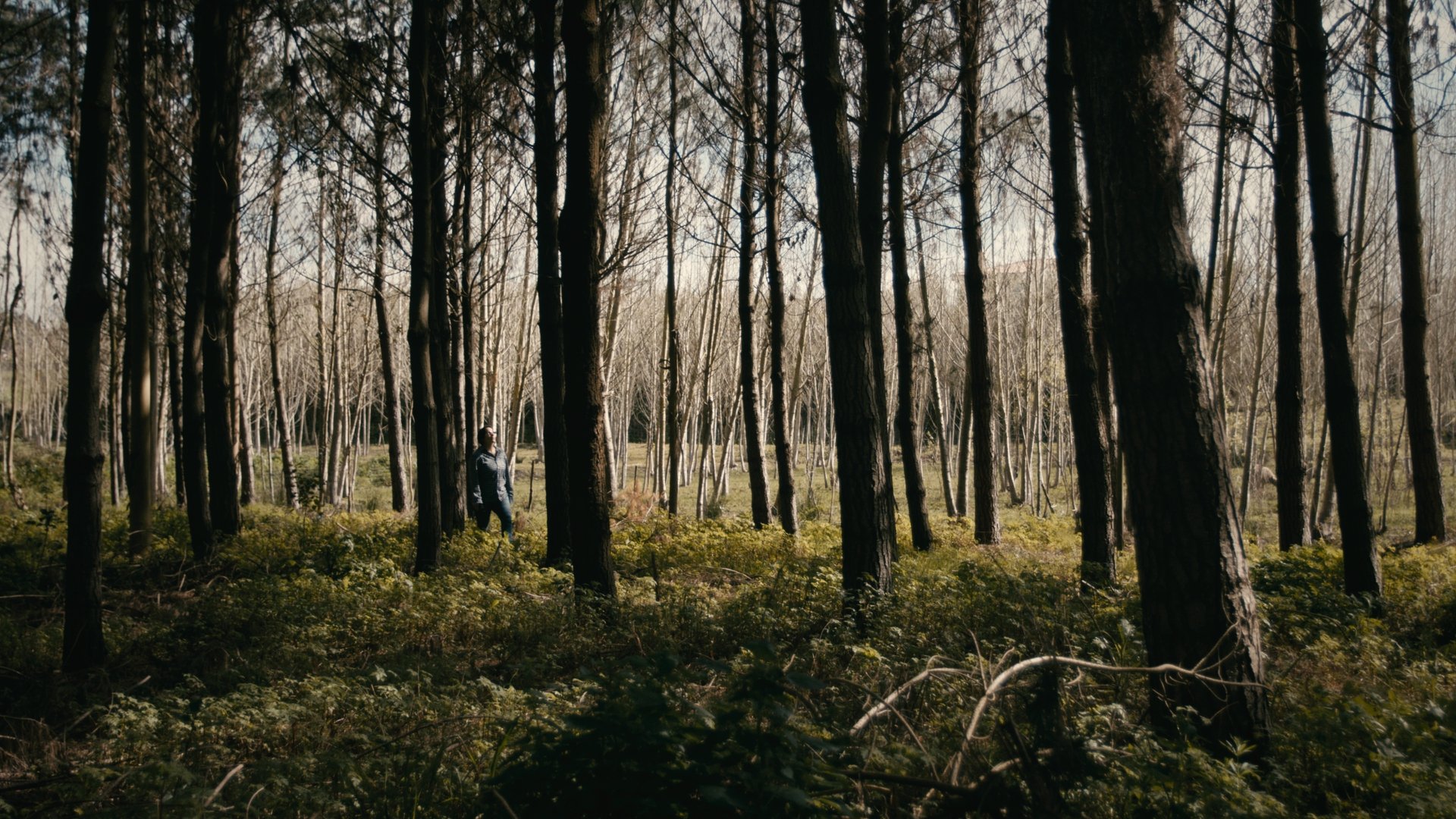
The Storyboard Media Group Blog
How to Draft a Video Production Creative Brief
Any good marketer knows that the best way to ensure great results is start with a good strategy. That begins with a solid creative brief. The more specific you can be in your setting your expectations, the more likely you are to receive exactly what you’re looking for in your video.
Any good marketer knows that the best way to ensure great results is to start with a good strategy. That begins with a solid creative brief. The more specific you can be in setting your expectations, the more likely you are to receive exactly what you’re looking for. This is true for video marketing and digital content too.
A video production creative brief - either created in-house or together with your video production team - will set the framework to accomplish goals for your business, and ensure that everyone is aligned on what, when, where, why and how your video will be produced.
The brief can be drafted various ways, but regardless of format, it is the plan to ensure your video is created exactly as you need it as the project heads toward completion. In short, it’s the blueprint everyone will follow.
Here are the considerations that your video production brief should include:
Your Audience
Who are you creating this video for? The more specific you can be at this point the better. A video made for teenage exchange students is going to be a lot different than videos geared toward CEOs of global corporations. Your audience informs many minor and major creative decision - from the setting of the video, the script language, the people who will be in it, the music, the color and type of fonts or graphics, and so much more.
Your Goal
What do you want this video to achieve? Are you trying to generate awareness for a new service? Sell a specific product? Drive attendance to an event? Video is a marketing tactic and each tactic should have one clear goal. Without that clarity you may end up with content that doesn’t help you achieve the results you need.
Example of what your brief might say: “Our goal is to attract new business for our service.”
This tells us that we need to focus on service benefits and ensure the video gives your viewers direction and a way to find out more about your service.
Type of Content
Chances are you already know what type of video you’d like to produce. It could be a talking head video, feature commercial, animation, explainer video, or a series of explainer videos. Each video best serves a particular goal and they’re filmed and edited differently.
Example of what your brief might say: Our video will be a testimonial from three satisfied clients highlighting specific benefits. Total runtime not to exceed 1.5 minutes.
Your Message
If your goal is to bring in new business, your message should be in alignment. You should be able to explain the core idea of your video in one sentence. Your message provides reasons why your audience should take the action you want: i.e. buying your product.
Example of what your brief might say: Our social media service saves marketers time by making scheduling easier, making editing faster, and creating more accurate measurements.
Distribution
A video production company will storyboard and tailor your video according to the channels and platforms you will show it on (YouTube, Instagram, Facebook, LinkedIn, television). It’s important to include any particular format you require as well as the estimated length of video you want. Some platforms require specific size and resolution considerations as well as an understanding of the placement of various call-to-action features.
Example of what your brief might say: This video content will live on our YouTube channel and be embedded on our website.
Deadline and Budget
Perhaps the most important parts of the video production brief are understanding how fast you need your content, and what your budget is.
Ideally, you should include a timeline for delivery of first draft, edits and final product.
Understanding your timeline and budget will ensure the team understands the quality required and the time frame they have to deliver the video. It will impact who they assign to your project and the set the expectation for the quality that can be achieved.
Example of what your brief might say: First draft 12 weeks, one week for each round of edits (2) final video delivered in MP4 format by the end of Spring. Budget $15,000.
Contact us to get started and we’ll help with the planning of your content and ensure a smooth process from start to finish.
Anatomy of a Product Launch Video Project
Our client Strato Footwear is launching a new line of footwear and they asked us to create a suite of video and photography content they can use on their social channels, in email campaigns and on their site. The deliverables include six 15-second social media ads, one 30-second product video and 20 photographs of the footwear and model.
The Project
Our client Strato Footwear is launching a new line of footwear and they asked us to create a suite of video and photography content they can use on their social channels, in email campaigns and on their site. The deliverables include six 15-second social media ads, one 30-second product video and 20 photographs of the footwear and model.
The Important Stuff
The shoes are the stars of this content. So it was important to show them in the best possible light (no pun intended since we shot outdoors). Our client wants their audience to see the many different ways the shoes can be used; on the beach, hiking on trails, walking in the city and just taking it easy. Of course, they also wanted the shoes to look good in each shot, so that meant plenty of pauses to wipe them clean as needed from shot to shot.
The client wanted the content to be bright and the scenes to be energetic. In other words, they wanted more than just shots of the product sitting on a beach or on a sidewalk. After some discussion, it was agreed that we would bring on some talent to show the footwear in action in different scenarios.
The Shoot
Filming the content for our client consisted of 6 unique locations; a beach, an open-air trail, a pine forest, a boardwalk, a nature reserve and a downtown area. As filmmakers, you quickly learn that filming outdoors provides a number of challenges, and the one we had the least control over was the weather. Sometimes we just have to wait it out and that was true for this project as we had to reschedule 3 times to ensure a nice, sunny day.
We hired one actor to be in all the scenes but dressed him in different outfits for each location. It was important to make sure all the outfits matched the client brief about the type of clothing their customers might wear. For example, hoodies, sport shorts, classic tees, chinos, etc. in neutral colors.
We made sure to include close-up shots of the shoes to show them off, shots of the actor walking in the different locations, nice wide shots of each location to let the audience know where the scenes were taking place, and close-ups of the actor.
The Outcome
Our client has material for their launch and website, and some great shots of the new footwear. We can mark off another successful product video shoot with a happy client. We’re looking forward to working with Strato even more in the coming months as they extend their line of footwear to include new designs, new colors and new products.
Making Talking Head Interviews Look Great
When your CEO, CMO, GM, team member or one of your clients looks good and is professionally filmed, your brand looks good and people trust your video content much more than something that is filmed badly.
WHY IS LIGHTING IMPORTANT FOR AN INTERVIEW?
When you see a corporate interview or a talking head video where the person is lit badly, you'll probably recognize a few things immediately. The person in the video is the wrong color. The windows in the background are so bright that they're making the person into a shadow. The colors are muddy. And it just doesn't look professional. And that means the brand in question (your brand) doesn't look professional.
These are not good things when you're trying to make a lasting impression on your viewers. There's a reason good lighting is so important - if your client, CEO, CMO or team members look good, your brand looks good, your video is more appealing and, whether they know it or not, your viewers will more easliy accept that you're a company or brand that can be trusted.
This is why we always bring lights to our shoots - whether we’re shooting in an office, a stage, a warehouse, a university, wherever.
Watch to see how professional lighting, a mirror and expertly-placed reflectors can make an interview POP!
IS BAD LIGHTING ACTUALLY THAT BIG A DEAL?
Yes. Think about the commercials you see on television. Specifically, the commercials for the “old neighborhood car repair shop.” Have you ever seen one and thought to yourself, "this looks cheesy," or "this guy really seems a little untrustworthy” or, worse yet, “this company looks ridiculous”?
If so, it's probably the fact that is was filmed very badly, and probably with bad lighting. And that lack of professional video definitely affects our opinions in some way. The good news is that the reverse is true. Good production values = good branding and trustworthiness.
62% of people are more likely to have a negative perception of a brand that published a poor quality video experience.
23% of people who have been presented with a poor quality video experience would hesitate to purchase from the brand.
60% of viewers said a poor online video experience would dissuade them from engaging with a brand across all of its social media platforms.
57% of people are less likely to share a poor quality video experience.
Although lighting in video production is extremely important, it's never the only concern. We always make sure the background is clutter-free so that it doesn't overshadow the subject. In this case, we re-positioned a lot of books, vases, statuettes and even moved a large-screen television out the way.
With everything in the right place, we were ready to shoot away. After a few quick fun questions to loosen everyone up, we got to the testimonial questions.
Sometimes it's hard to believe what the viewer sees on their screen when you know what the space actually looks like. It's part of that "movie magic" that is so much fun. It can be challenging, fun, aggravating or a breeze. But it's always rewarding!
3 Things that Affect the Cost of Video Marketing and How to Save Money
How much will a video cost? It’s a question we get all the time. Many marketing teams worry that an investment in video content is going to be out of their budget. But, there are ways to manage the cost and save money while still getting high-quality content for your brand.
Take a look behind-the-scenes from one of our recent shoots for a sun skincare brand.
It’s a question we hear all the time: how much does a video cost?
Dozens of unique variables go into the budget of any video marketing production. Many marketers worry that the investment is going to be out of their budget, but there are ways to manage the cost and save money. The three (main) things that affect the cost are time, expertise, and equipment.
Main Thing #1: Time
A GIF taken from a product video we created for a luxury Swiss timepiece brand.
Pre-production planning. This is arguably the most critical part of the video marketing process. This is when your video producer will develop a concept, script and storyboard. These items become the draft for the video. The more complex the video content, the more time will be needed for pre-production planning.
Length of the video. The longer the video, the more it will cost. It takes more time to create a feature-length commercial than it does a 6-second advertisement.
Location. You can film your video in one location or several. More than one location adds time for planning, location scouting and more. It could even require travel. Your video marketing project may require a sound stage or studio. Some video marketing agencies have studios, but there’s still a cost for using them.
Talent acquisition. If you need to hire professional actors, presenters, or models, it will take time to find and review them, hire them and pre-direct them. Talent will also have on-set requirements such as craft services, makeup and perhaps even a trailer.
Editing. Video editing can easily fit into all three categories because it takes time, requires expertise, and sometimes even specialized equipment. Consider also how many formats and versions you require.
Main Thing #2: Expertise
Production staff. There is no substitute for experience. That said, there are many types of people who can be involved in a production and your video will determine which you need. Staff can include:
Director
Camera operator
Production assistants
Scriptwriter
Lighting & sound
Special effects artists
Hair and makeup artists
Video editor(s)
Augmented reality, 2D, 3D
Animator
Graphic designer
Even a simple interview with a CEO can require quite a bit of equipment to make sure it’s done correctly.
Main Thing #3: Equipment
Each video marketing project has different requirements for the equipment that is needed, but there are a few things things that any production requires.
Cameras. Simple videos may require only one camera, but higher-quality, professional videos often need two or more.
Specialized equipment. All video shoots require sound and lighting equipment. Some also require special effect equipment. This could include weather machines, pyrotechnics, or prosthetic makeup.
Props. The theme of your video will determine the props needed. Even if it’s just a “talking head” video, they may need to be sitting in a chair or at a desk. You may require fishing equipment, a kitchen, flowers, or a dog, etc.
Your shoot may require a vehicle to move equipment and props, furniture rental, a drone or even just a coffee cup. These items must be secure and accounted for in the budget.
How to Save Money on Video Marketing
It might seem like the easiest way to save money is to keep your video as basic as possible, but that’s only true to a certain extent. Video quality ranges from amateur to professional to Hollywood quality. As with any creative endeavor, you get what you pay for.
However, you can save money in a few ways.
Planning. Know what your goals are and have examples of the type of video you’re looking to create. Failure to plan brings indecision and changing direction that costs time and money.
Supply resources. Prepare a file of resources such as contacts to key individuals, available locations or filming resources, logos and brand guidelines. Most of all, make someone available to answer questions, review footage and provide feedback on time.
Disclose your budget. When your video marketing team knows your budget, they can plan an effective, efficient production and meet your goals. Having an open dialogue about your budget and expectations at the forefront will set you and the production team up for success and save money in the long run.
The Importance of Location for Your Next Video
Location of your video content sets the tone, gives the viewer an idea of what your content is about, the tone you’re setting, and it can even match your brand colors which furthers your content’s connection to your brand. So in a way, the location is a character in your video - even if it speaks in a different way than the people in your video.
At Storyboard, we always talk about the importance of a few things. Namely, script, message and length. But here’s something that can be just as important depending on what your video content is about: Location, location, location.
Location sets the tone, gives the viewer an idea of what your content is about, the tone you’re setting, and it can even match your brand colors which furthers your content’s connection to your brand. So in a way, the location is a character in your video - even if it speaks in a different way than the people in your video.
This screenshot is from a spec ad we shot for an outdoor lifestyle brand. We and the client were very happy with how much the location added to the look and feel of the content.
How Important Is Location?
This depends on your content. For example, if you’re creating an “About Us” type video where you’re sharing your company’s history, products and services, and team then your offices are most likely going to be perfect for this. There’s no need to look for a location, pay for a location, and go to a location to see how the production is progressing. Those are true benefits that make things quick and easy when you shoot in your own location.
Taken from the same video as above, our actress is using our client’s product to bird watch.
However, there are times this isn't enough. For instance, if you want to create a product video you might want customers to see your product being used in the real world. Maybe a park, a woods, or a road in the mountains or in the desert. It’s going to depend on the product. But if you’re an outdoor lifestyle company, you want your setting to be the outdoors. If you’re a company that sells BBQ grilles you probably want to have things take place outside. If you’re a company that installs windows you want to show your windows being installed at a real location.
We’ve shot in County parks, State parks and National parks. Restaurants, factories and apartment buildings. And we’ve shot on rivers, oceans and next to little streams. We work with our clients to suggest and inform them of the best places to show off their product or service whether it be their office or a field in Ohio.
Since expanding to Europe, we can even offer European landscapes, architecture and locations. In fact, the photo above is a screen shot from an outdoor lifestyle brand shoot we’re working on. It was shot in west Europe where pine forests are abundant and offer a very surreal and mysterious atmospere.
So when you’re planning your next video, think about the location and what you need the location to do or say for you. And don’t be afraid to ask for help. This is what we do.
Happy location hunting!





















